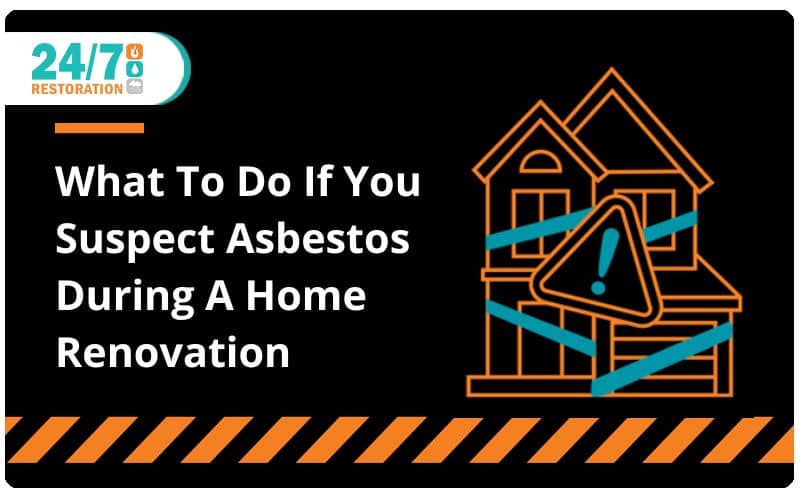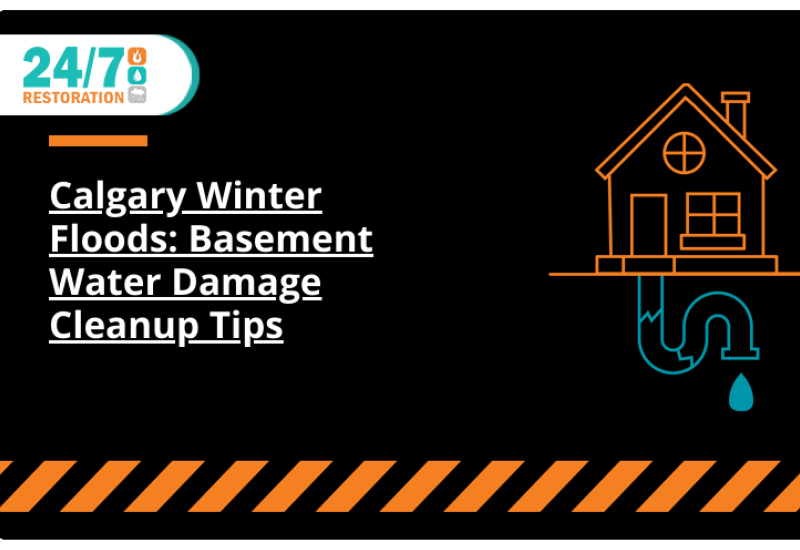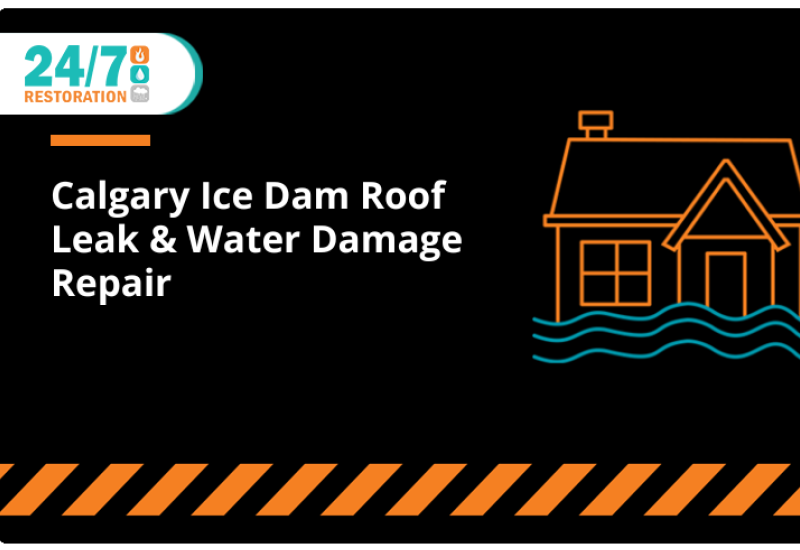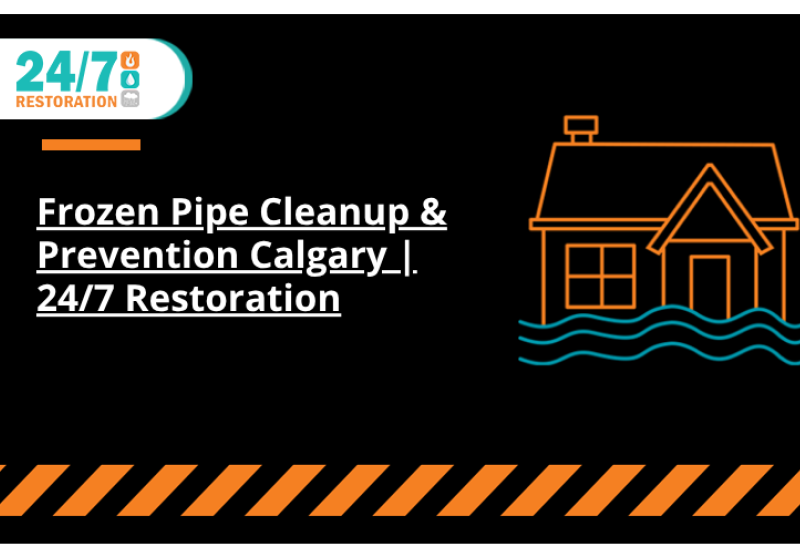Asbestos In The Home
Signs Of Asbestos
While many people think of asbestos only in insulation, this dangerous material was actually used in the production of many different materials, and most times you can’t see where it was used. There are some indicators of asbestos to look out for, but they are not a guarantee that an item is asbestos-containing. The only way to know for sure if there is an asbestos-containing material is through asbestos testing. Be suspicious of materials and get asbestos testing if you notice:
- Discoloured or cracked floor tiles.
- Cracked siding.
- Crumbling drywall.
- Frayed insulation.
- Brittle ceiling tiles.
- Corrugated cement roofing.
- Damaged shingles.
You Suspect Asbestos, Now What?
First and foremost, immediately stop your renovations and do not touch anything you suspect to be asbestos-containing. When asbestos is stagnant, it is harmless, but if asbestos is damaged or has been interacted with, asbestos particles can be in the air and become dangerous. Before you do anything, you should put on a PPE mask as a precaution and take a look for damages without getting too close or touching the material in question. If you have even the slightest suspicion that it is asbestos, call an asbestos tester and/or an asbestos removal specialist. These professionals are trained to work with this dangerous substance and they know the Alberta requirements for the removal and management of different types of asbestos.
Disturbed Asbestos
While asbestos is dangerous and can cause serious issues to the lungs, it is most dangerous when disturbed. When you are doing home renovations, particularly in homes built before the 1990s, you may disturb asbestos in the walls or other areas. Read Renovating? Be Aware Of These Common Sources Of Asbestos In Your Home to learn which areas to approach with extra caution. If you find something that you suspect to be asbestos-containing, leave it where it is and do not touch it. Asbestos particles are colourless and odourless so do not try to look for signs of asbestos yourself; you can potentially make things worse by releasing asbestos particles into the air.
Asbestos Abatement In Calgary
If you suspect the presence of asbestos or asbestos-containing material while renovating your home, call an asbestos abatement specialist right away. The removal and disposal of asbestos must be handled by certified professionals with the proper training so that asbestos removal can take place safely and effectively. At 24/7 Restoration in Calgary, we are certified to safely and reliably abate all hazardous materials. Our asbestos removal team will have your home asbestos-free so you can safely continue your renovations. For asbestos removal, call 24/7 Restoration at 1-403-247-4365 or fill out the online contact form.
FAQ
Q: What are the potential health risks associated with having asbestos in my home or building?
A: Asbestosis, mesothelioma, and lung cancer are the most common health complications associated with someone who has been exposed to asbestos. When airborne, an individual is at risk of inhaling asbestos fibres. These fibres build up in the lungs making it difficult to breathe. A low level, one-time exposure will not pose a serious health threat, and asbestos typically does not pose an immediate health threat as it takes years for symptoms to show. While no amount of asbestos exposure is considered safe, if you have experienced a brief exposure, you will likely not become ill.
Q: Can I detect asbestos in my home myself?
A: No, asbestos particles are not visible to the human eye and many asbestos-containing materials will not give any indication that there is asbestos in them. The only way to know for sure is through professional asbestos testing. If you suspect there is asbestos in your home or you are about to demolish or renovate your home, call 24/7 Restoration in Calgary to check for asbestos.
Q: What exactly is asbestos?
A: Asbestos is a name for a group of minerals found naturally occurring in the environment that have been harvested and used to make consumer goods. The minerals are:
- Tremolite
- Actinolite
- Amosite
- Crocidolite
- Anthophyllite




